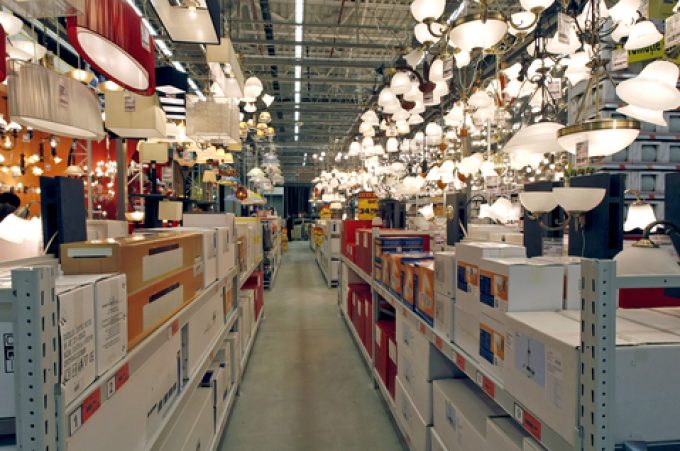Backhaul blues and a gradual decline in liner schedule reliability
Liner schedule reliability data continues to show the Gemini Cooperation achieving the highest on-time vessel ...

Less congestion on the high seas has put additional pressure on some retailers, already struggling with too much stock.
Wary of missing deadlines for their Q4 sales, they increased lead times, but now some are having to pay extra to hold back new stock as their ...
Keep our news independent, by supporting The Loadstar
Explosions and 'out-of-control' fire reported on Wan Hai box ship
Red Sea crisis has driven most new capacity into extended Asia-Europe trades
Carrier price hikes hold, driving spot rates higher as space gets scarcer
Four crew members still missing as Wan Hai 503 continues to burn
Crew forced to abandon ship in latest fire on vessel carrying EVs
The Loadstar Podcast | Transport Logistic and Air Cargo Europe 2025
Asia-West Africa ULCV deployment opens new markets for carriers


Comment on this article